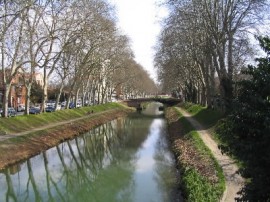
The WWF published a report this week on the use and abuse of water supplies, which attracted the headline that the average person in the UK uses 4,645 litres of water day. (Read about the report here.) Where does all that water come from? The average person gets through only 150 litres a day of mains water, after all.
The rest is the water “embedded” in the products we buy. Agriculture is the biggest user of water, and the 4,645 figure allocates responsibility for the water used in growing the food you eat just as though you had grown the crops yourself. That way, the impact of consumer decisions is taken into account, as well as the more obvious question of whether or not you turn off the tap while brushing your teeth.
It’s an interesting question for this blog because so much of this embedded water is exported from one country to another. The UK imports almost twice as much embedded water as it uses domestically. A changing world climate will have consequences even in the countries that do not see so much change themselves.
But how to manage all this? In order to prevent the depletion of water resources, the abstractions have to be kept within sustainable limits. That in turn requires a method of management that corresponds to the water resources themselves, which in practice means river basins. This blog has noted before that rivers tend to divide political communities whereas actually they ought, from this standpoint, to form the basis of them.
We are also seeing the development of a an international trade in water, with tankers, pipelines and all the infrastructure that we are familiar with when it comes to oil. (Read about it here.) This could prove a means of bringing the different parts of the world together, but it might only end up driving them further apart.
